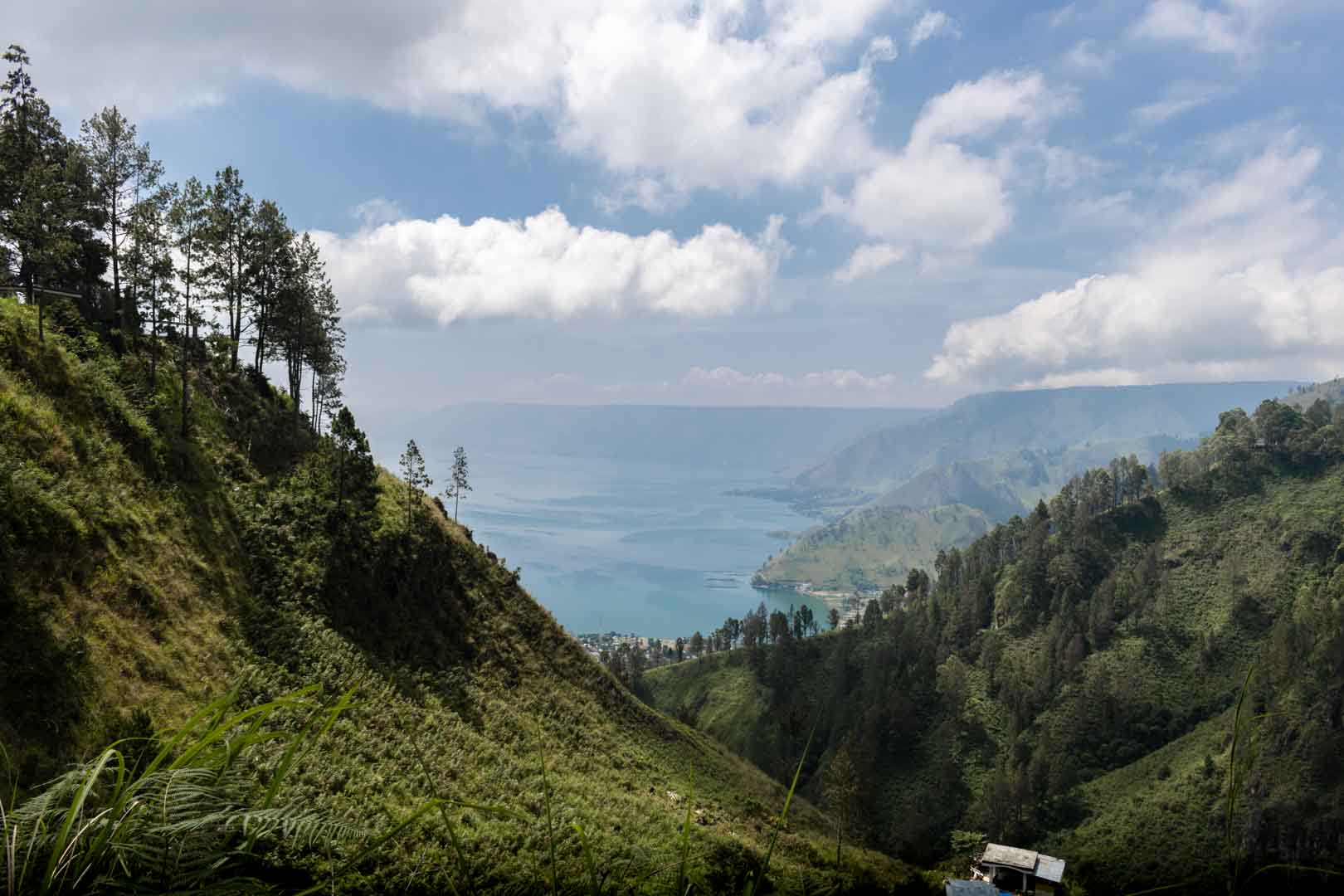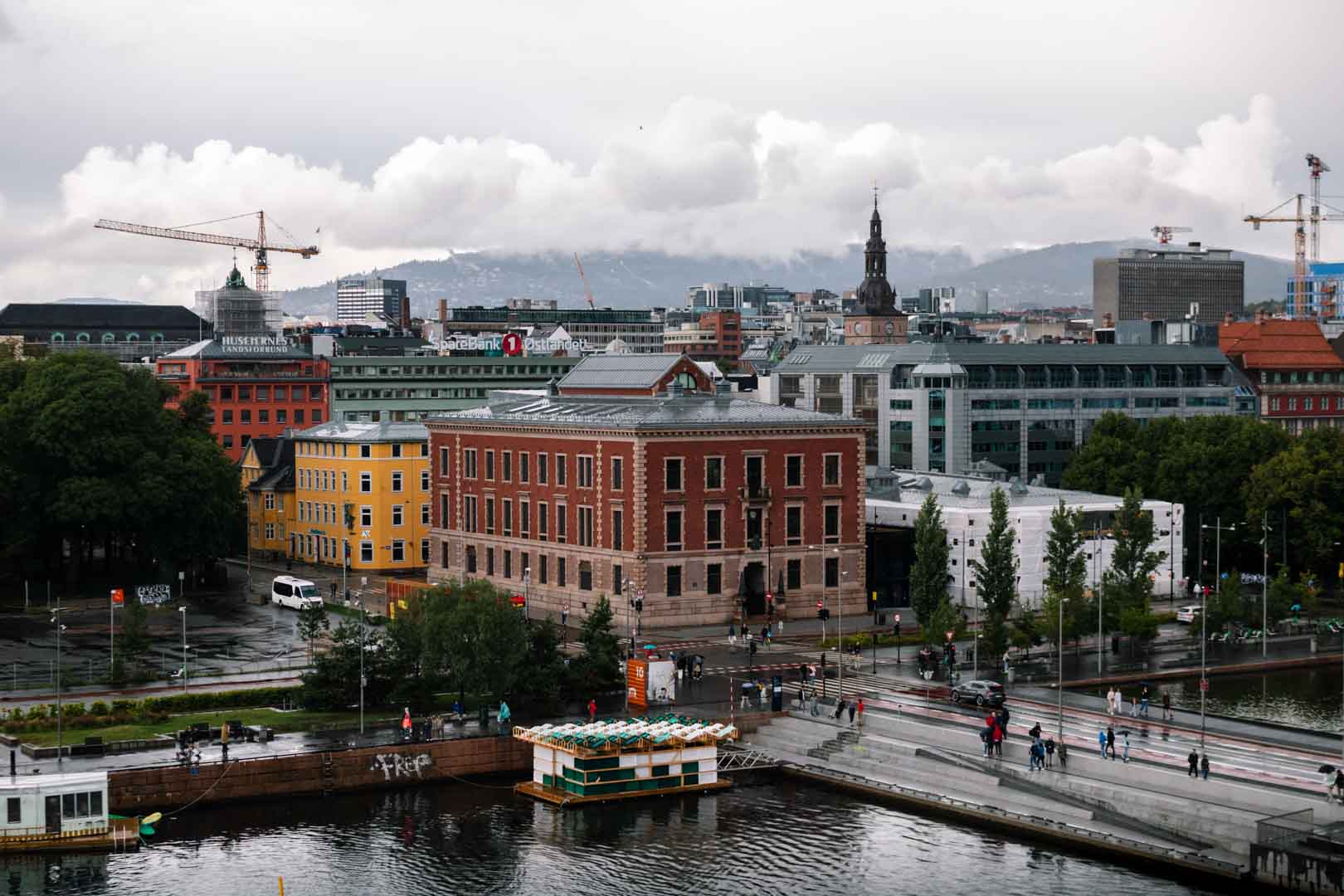The 15 Best Things To Do In Oslo, Norway
Last Updated: September 5 2024
The Norwegian capital of Oslo is one of our favourite cities in Europe. Boasting world-class museums, award-winning architecture, and a scenic waterfront location, this city has so much to offer!
Not only are there so many incredible things to see, but Oslo also has a fantastic street food scene. It’s one of the world’s most walkable capital cities too, so there’s something for everyone.
In this guide, we’ll cover the best things to do in Oslo and other helpful information such as how to get around, where to stay, and popular tours. This way, you can really make the most of your trip!
Some posts on this site contain affiliate links. If you buy or book something through these links, we earn a small commission, but at no extra cost to you! If you want to learn more, you can take a look at our privacy policy!
The Best Things To Do In Oslo, Norway
1. Head to The Fram Museum
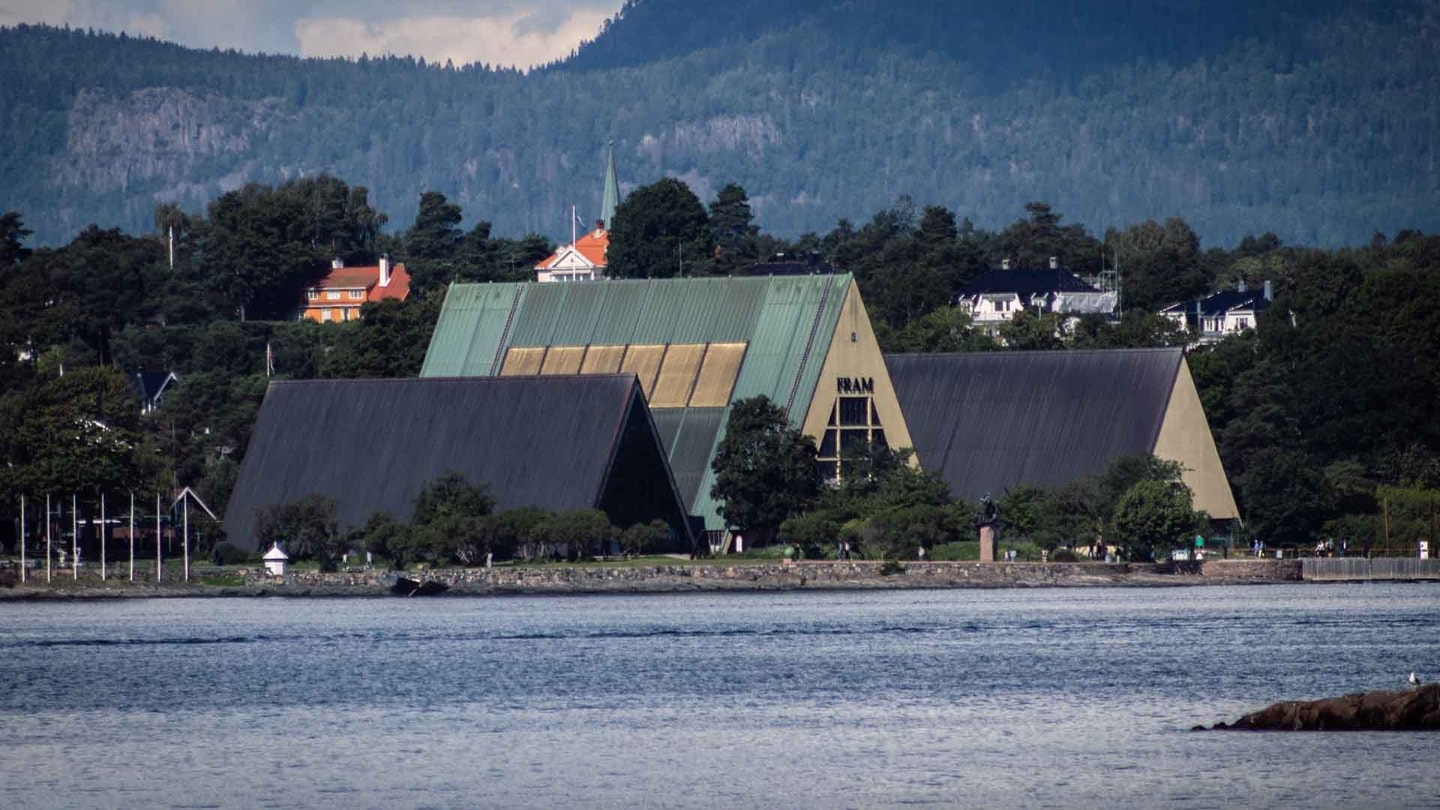
Visiting the Fram Museum is undoubtedly one of the best things to do in Oslo. Also known as the Polar Exploration Museum, it’s one of the best museums in Norway and has so much to offer.
Here, you’ll learn all about Norwegian polar expeditions and some of the world’s most famous voyages. There’s even a polar simulator where you can experience the harsh climate and dangers of the polar environment.
However, the highlight of visiting this museum is the Fram, the strongest wooden ship ever built. This impressive ship holds multiple records, including the furthest sailing both north and south. While here, you can actually board the ship and explore which is a fantastic experience!
The Fram Museum is open every day, all year round. Opening hours are as follows; 9:30 am – 6 pm (May to September) and 10 am – 5 pm (October to May).
2. Explore Vigeland Sculpture Park

Vigeland Sculpture Park is one of the top Oslo attractions! Located in Frognerparken, this sculpture park is around a 40-minute walk from the Royal Palace.
This popular tourist attraction displays the work of Gustav Vigeland, a famous Norwegian sculptor. Vigeland was born in 1869 and created various sculptures throughout his lifetime, many of which were made from bronze, cast iron, and granite. He also helped design the park which boasts over 200 of his sculptures.
Many of the sculptures in this park depict people, although the Monolith and Wheel of Life are certainly two of the most impressive sculptures here. Other must-sees include the Ring, the Clamouring Babies, and the Angry Boy.
Vigeland Sculpture Park is open 24/7 and is free to visit. You can also explore on this Oslo Discovery Tour, where you’ll visit other popular attractions such as the Norwegian Folk Museum.
3. Go on an Oslo Fjord Tour
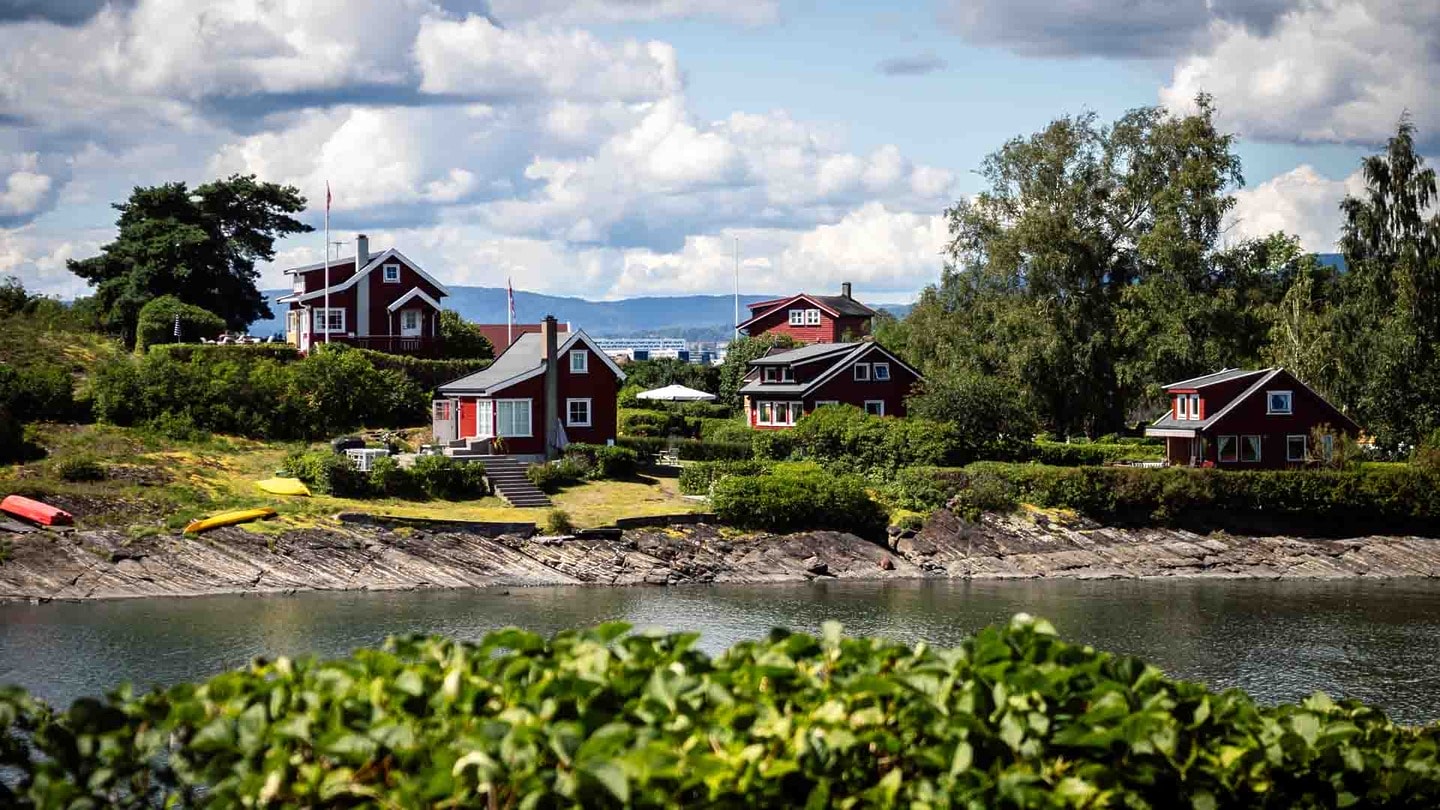
If there’s one thing you need to do while in Norway’s capital, it’s heading out on an Oslofjord tour. The Osloford is a beautiful inlet which is dotted with charming islands and small villages.
There are a variety of tours to choose from but we opted for this Oslo Fjord Sightseeing Cruise. This 2-hour cruise will show you some of the area’s most beautiful islands and historical landmarks.
You’ll cruise the Oslofjord on an authentic sailing ship, listening to audio commentary along the way. There’s also a Fjord sightseeing app which is available in 13 languages making it an inclusive activity. There’s also a toilet onboard and warm blankets are supplied (always a bonus as it can get pretty chilly while cruising along).
Alternatively, you can explore the Oslofjord independently by using the local ferry services. We also did this during our stay and there are huge benefits to both!
4. Visit Akershus Fortress

Visiting Akershus Fortress is another of the best things to do in Oslo! It’s one of the city’s most famous landmarks and is situated at the end of a headland, so it once had a very strategic location.
This fortress dates back to the end of the 13th century and boasts 700 years of history. It was built as a medieval royal castle and had a seat for the king’s representatives. Today, it’s Norway’s national arena and is home to Akershus Castle, Norway’s Resistance Museum, and Akershus Castle.
During the summer, guided tours run daily where you’ll get to walk the grounds.
Akershus Fortress is open every day, 6 am – 9 pm. Visitor centre and museum opening hours depend on the time of year, so check these in advance. Entrance is free. During the summer, guided tours also run daily where you’ll get to learn about the fortress’s history.
5. Eat at Oslo Street Food
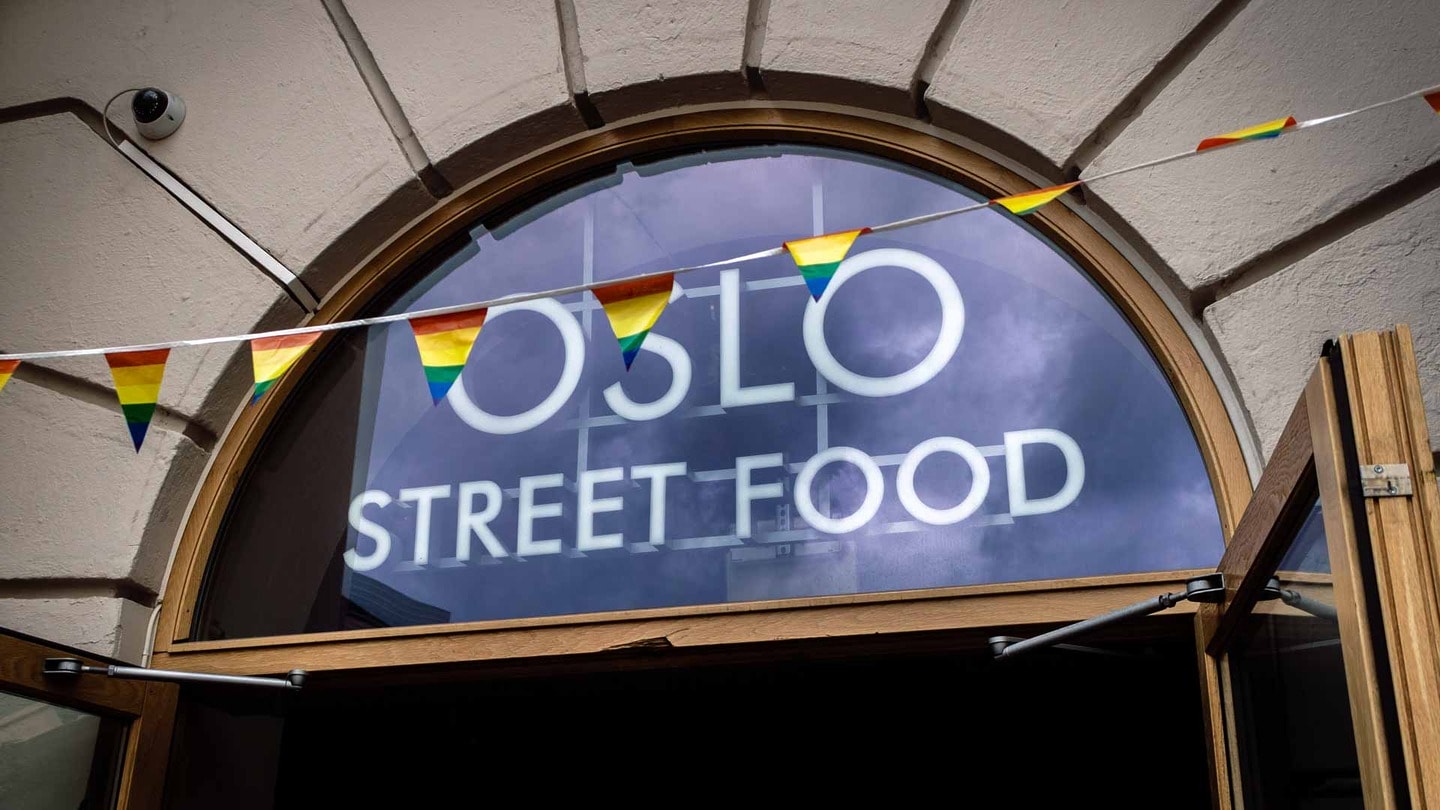
There’s no denying that Oslo is an expensive city. Compared to the likes of Stockholm and Copenhagen, we found food in Norway’s capital to be costly, especially when dining in restaurants.
To save cash, we indulged at the local bakeries, grabbed on-the-go food from 7/11 and ate at the city’s markets. The latter offers a variety of affordable dishes and our favourite market has to be Oslo Street Food.
This street food market is under a 10-minute walk from Oslo Cathedral. It’s packed with a variety of traders, offering cuisine from all across the world. This includes American, Korean, Indian, Japanese, and Thai dishes, as well as traditional Norwegian dishes.
A highlight of visiting this food market is that you can order from your table by using a QR code. On Friday and Saturday nights, Oslo Street Food also turns into one of the busiest nightclubs in the city!
6. Head to The Norwegian Museum of Cultural History

If you’re wondering what to see in Oslo, head to The Norwegian Museum of Cultural History. This popular museum is located on the Bygdøy Peninsula, around a 20-minute walk from the Fram Museum.
Also known as Norsk Folkemuseum, it’s one of the largest open-air museums in the world. There are 160 historic buildings located here, with highlights including the Stave Church, the Setesdal Farm Stead, and Enerhaugen.
There are also various indoor exhibition halls, where you’ll find historic furniture, Sami handicrafts, clothing, altarpieces, and silverware. In fact, the museum’s Sami collection boasts around 2,600 cultural objects.
The Norwegian Museum of Cultural History is open every day, 10 am – 5 pm. Throughout the year, various events and activities are held at his museum. These include live folk dancing, storytelling, and baking so check what’s on during your visit. On-site, there’s also a cafe and gift shop.
7. Explore the Oslo Fjord by Ferry
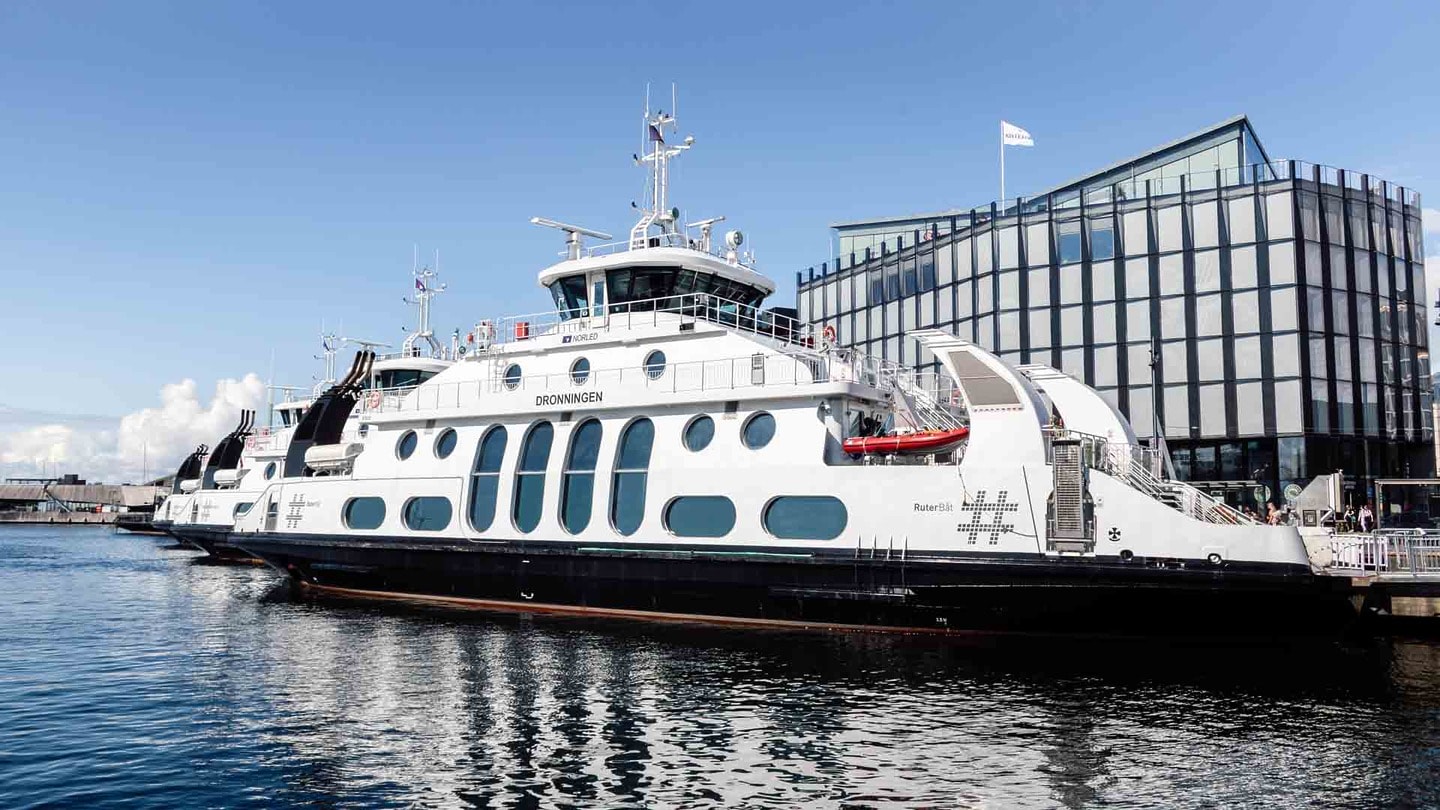
The Oslofjord stretches for 100 km (62 miles) and is buzzing with life, especially during the summer months. Boasting idyllic islands, colourful cabins, and tranquil beaches, there’s no better place to explore in Oslo.
Those short of time will want to head out on an Oslofjord sightseeing cruise. However, if you’ve got more time in the city, we highly recommend exploring the fjord independently.
The Oslofjord is made up of multiple islands, but our favourites include Gressholmen, Heggholmen, Hovedøya, and Nakholmen! To make the most of your day, we’d suggest having a rough plan of what you’d like to see.
To get around the Oslofjord, you’ll travel by ferry. They leave from Aker Brygge and you can purchase an all-day ferry ticket from Ruter for approximately £9 (125 NOK). This will allow you to use any ferry service, meaning you can easily hop from island to island.
8. Visit The Kon-Tiki Museum

Visiting the Kon-Tiki Museum is one of the must-do things in Oslo! It’s just a 1-minute walk from the Fram Museum so you can easily tie in a visit to both attractions.
This museum covers everything you need to know about the world-famous Kon-Tiki expedition. On this expedition, Thor Heyerdahl (a Norwegian writer and explorer) journeyed across the Pacific Ocean on a raft.
He travelled from South America to the Polynesian Islands on the Kon-Tiki, which is named after the Inca God Viracocha. This museum offers you the chance to see this raft, as well as various artefacts. There’s also an impressive documentary which is screened every day in the on-site cinema.
The Kon-Tiki Museum is open daily, all year round. Opening hours differ depending on the time of year and are as follows; May to August (9:30 am/10 am – 6 pm) and September to April (10 am – 5 pm).
9. Enjoy a Food Tour

Heading out on a food tour is undoubtedly one of the best things to do in Oslo!
This street food walking tour is a popular option. On this 2.5-hour tour, you’ll sample delicious foods including Norwegian waffles and hot dogs. Your guide will also take you to some of the city’s less-visited areas which are known for their vibrant culture. Not to mention you can take in Oslo’s street art scene.
Alternatively, you can opt for the taste of Oslo walking tour. This tour lasts for 3-4 hours and offers you the chance to sample traditional cuisine. Your local guide will take you to the best foodie spots, where you can try a variety of Norwegian drinks, snacks, and dishes.
There are so many fantastic food tours in Oslo so shop around for the one that’s most suited to you!
10. Head to the Nobel Peace Center

There are so many attractions in Oslo for you to visit. Those who have time should head to the Nobel Peace Center, which is one of the city’s most unique museums.
The Nobel Peace Center details stories about Alfred Nobel and is a museum dedicated to the Nobel Peace Prize. You’ll learn all about this award and Peace Prize laureates through various digital experiences, conventions, and exhibitions.
The Nobel Peace Center is open daily. Opening hours vary and depend on the time of year, but typically the museum is open from 10 am/11 am – 5 pm (some Wednesdays it’s open until 9 pm).
Guided tours are available every day. These tours are in English and last for around 30-40 minutes. On certain days of the week (Tuesday, Thursday, Saturday, and Sunday), Nobel Peace walks also take place outside. These walks last for approximately 90 minutes.
11. Wander around The Munch Museum

No Oslo itinerary would be complete without visiting the Munch Museum (also known as MUNCH). It only opened in October 2021, making it one of the city’s newest museums.
As the name suggests, MUNCH is dedicated to the world-famous artist, Edvard Munch. He created the iconic painting ‘Scream’ as well as other notable masterpieces, many of which are found in this very museum. In fact, there are 26,000 works by Munch here, including over 1,100 paintings.
The Munch Museum boasts 13 floors and is full of Munch’s work, as well as additional contemporary art. Although the artist died in 1994, he gave all his possessions to the city of Oslo so there’s a lot to see!
Opening hours for the Munch Museum are as follows; Sunday to Tuesday (10 am – 6 pm) and Wednesday to Saturday (10 am – 9 pm). Just be aware this will differ for public holidays.
12. Go on a tour of the Royal Palace
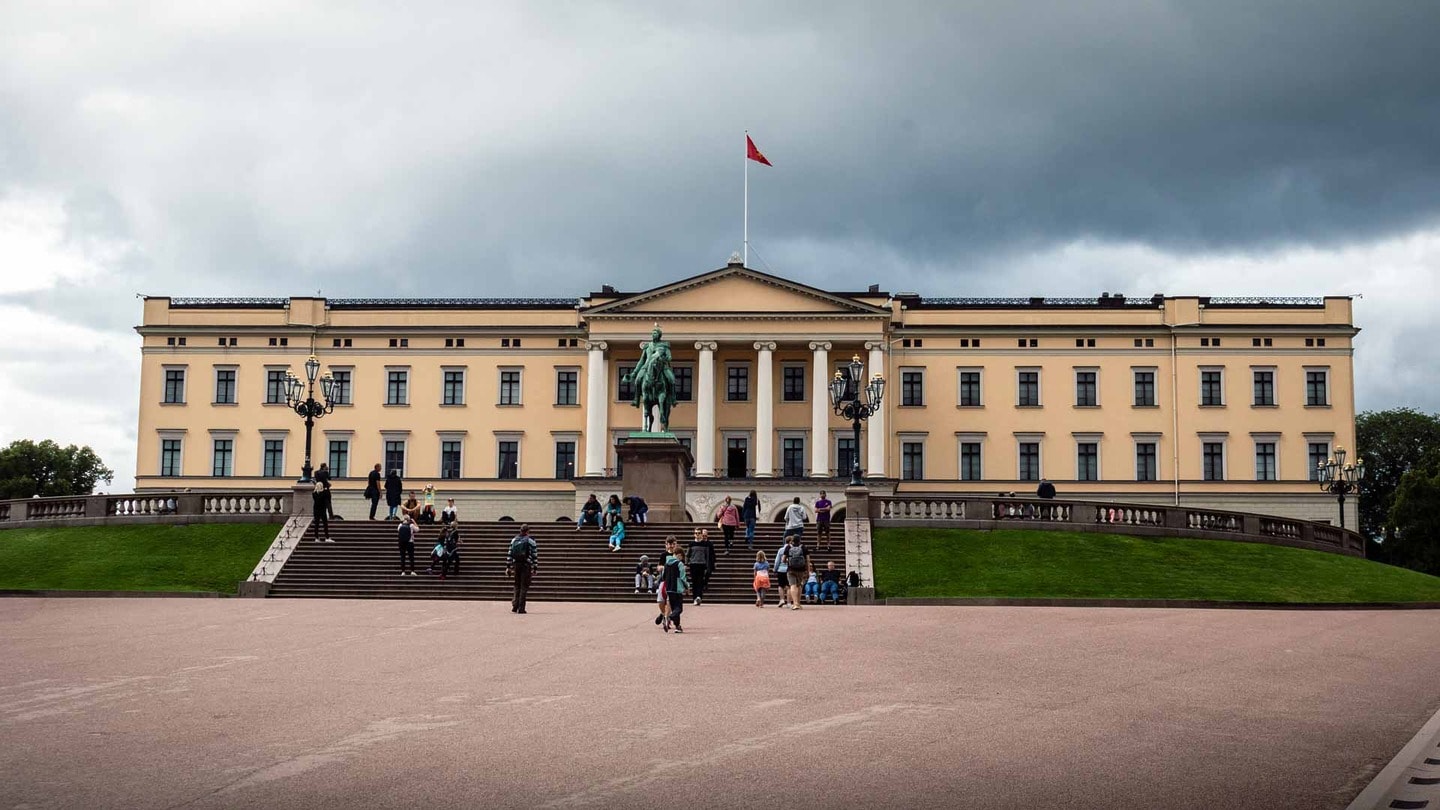
This is one of the best things to do in Oslo in summer! From late June until mid-August, The Royal Palace is open to the public, where guided tours will allow you to explore this beautiful building.
The Royal Palace was originally built for the country’s French-born king, but it’s now the official residence of King Harald V and Queen Sonja. It dates back to 1849 and has a neo-classical style design.
The palace is located near Karl Johans Gate and is surrounded by grounds which you can walk around. Even if you’re not visiting during the summer, this place is certainly worth a visit. Not only can you wander around The Royal Palace Park, but the Changing of the Guards takes place daily at 1:30 pm.
The Palace Square is also a must-visit as it’s where you’ll get the best views. Just be aware that it can get pretty busy here!
13. Admire the views from the Oslo Opera House
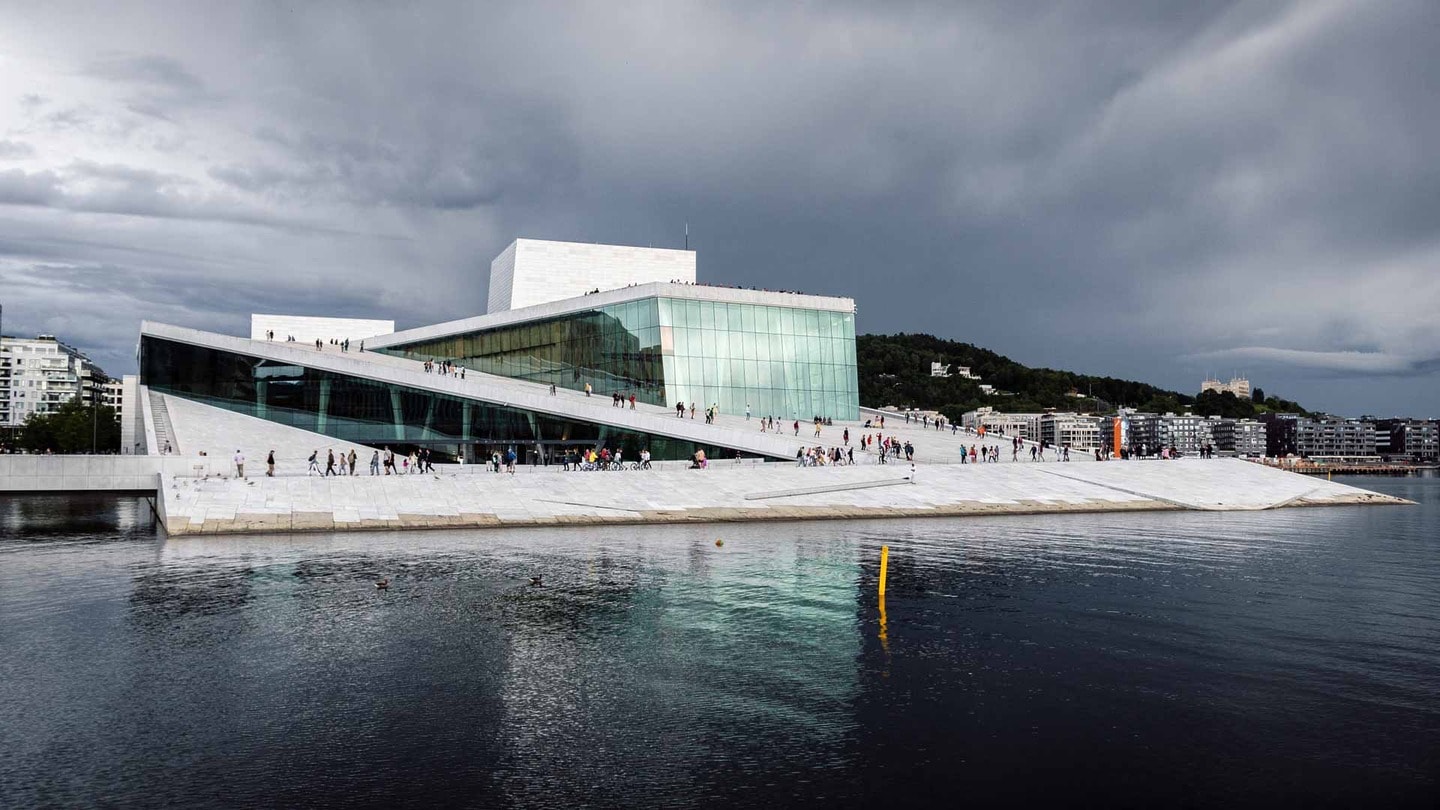
There are so many fantastic viewpoints in Norway’s capital, with the Oslo Opera House being one of them! It’s home to the country’s National Opera and Ballet, but the building is also an architectural masterpiece, with its unique angles exterior (which is made from white granite and Italian marble).
What’s unique about the Oslo Opera House, is that you can actually walk onto the rooftop. You can easily access the roof by walking up a staircase that runs up both sides. Just make sure you hold onto the handrail, especially if it’s been raining as the floor can get slippery!
From the top of the Oslo Opera House, you’ll get fantastic views of the city and Oslofjord. You’ll also spot the ‘She Lies’ iceberg sculpture and various floating saunas.
For the best experience, we recommend heading here for sunset as the colours will blow you away!
14. Relax in an Urban Sauna
Relaxing in a sauna is another of the best things to do in Oslo, Norway! The urban sauna scene has taken the city by storm and there are now several places where you can relax and cleanse your body.
The floating saunas offer a unique experience where you can appreciate epic views as you detox. Afterwards, you can take a refreshing dip in the Osloford so your body gets the full benefit!
Mad Goats offers one of the best sauna experiences in Oslo. Located in Tjuvholmen, this company has three floating saunas and the surrounding waters are some of the cleanest in the city. Better yet, Mad Goats plant seaweed and mussels underneath the saunas to help the local water and marine life.
You can purchase a public floating sauna ticket in advance for Mad Goats! They are open from 7 am – 9 pm, and sessions typically range from 1-1.5 hours.
15. Take a trip to Holmenkollen Ski Museum & Tower

Finally, if you don’t mind heading out of Oslo, you should visit the Holmenkollen Ski Museum & Tower.
This museum boasts the largest collection of skis and winter gear in the world and has been here since 1951. Some of the skiis are even 1,000 years old! While at Holmenkollen, you’ll also see exhibitions about polar explorers and the history of Norwegian skiing.
Another highlight of Holmenkollen has to be the Jump Tower. There’s an elevator which will take you to the top and from here, you’ll get stunning views of the Oslofjord and Norway’s capital.
This area also boasts a ski simulator, zipline, frisbee golf course, and cafe!
Holmenkollen is around a 20-minute drive from the city centre or you can take public transport. Alternatively, you can head on this panoramic sightseeing tour. The tour lasts for approximately 3 hours, and your guide will teach you about Holmenkollen and Norway’s skiing history. You’ll also visit Vigeland Sculpture Park.
Helpful Information For Visiting Oslo
How To Get To Oslo
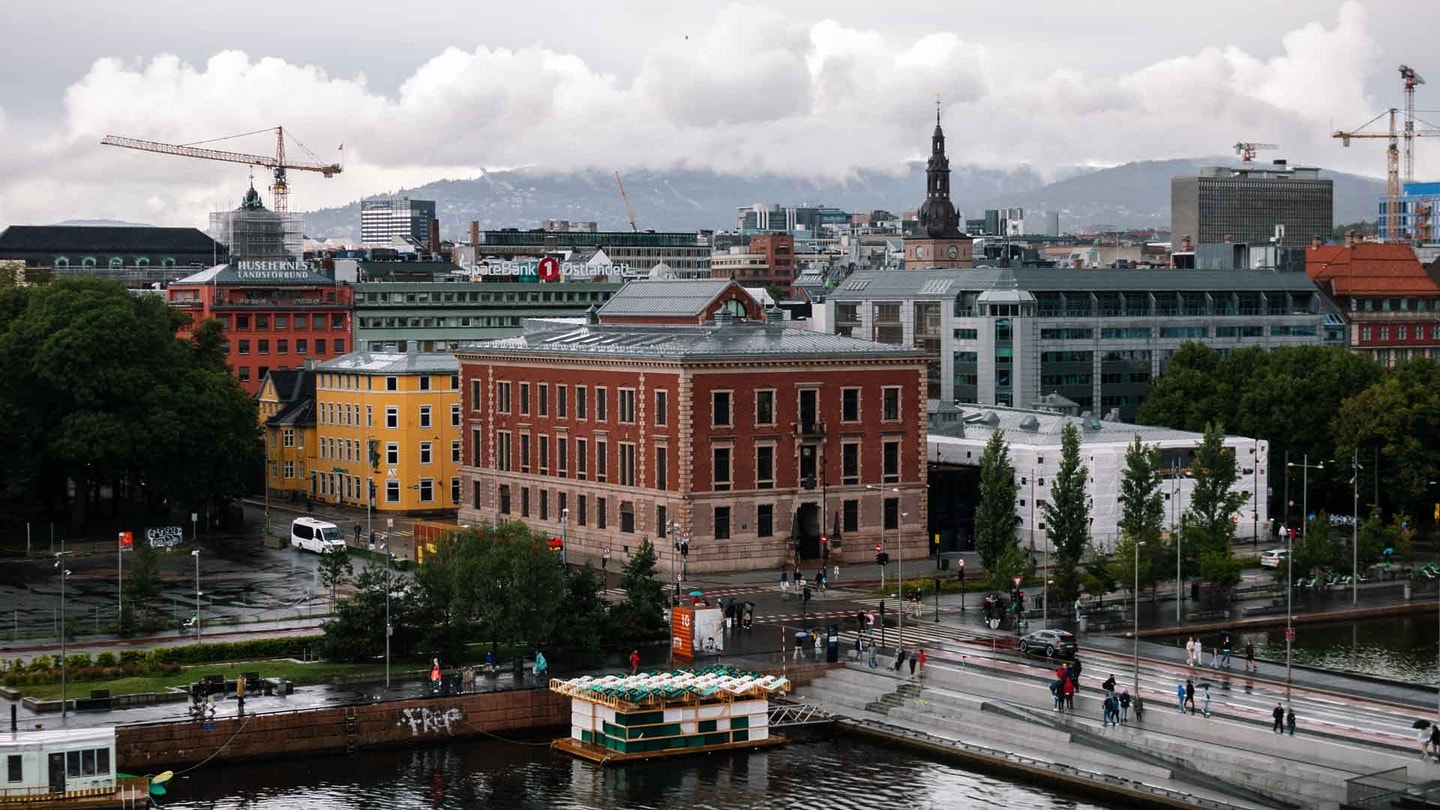
The majority of travellers arrive in Oslo by air. There are two airports located near the city, so you won’t be short of options. These are Oslo Airport and TORP Sandefjord Airport.
We flew into TORP Sandefjord Airport, which is around 110 km (68 miles) from the city centre. We took the Express Bus into Oslo from here. The journey took around 1.5 hours and cost approximately £20 (260 NOK) per person. The bus stop is at the main entrance/exit or there are other transport methods available.
Oslo Airport is closer, located around 52 km (32 miles) from the city centre. From here, you can travel into Oslo by train, bus, taxi, or private transfer.
Those already travelling through Europe can travel overland from Sweden. You can also catch a ferry from various destinations in Norway, as well as Copenhagen in Denmark and Kiel in Germany.
How To Get Around Oslo

Oslo is very easy to get around, especially as much of the city is very walkable. Not to mention, the public transport here is very efficient, and there’s a range of services to choose from!
The Oslo Metro offers the easiest way to get around. There are several lines and around 100 stations, and services run regularly. There are also plenty of bus and tram services running throughout the city, but we didn’t actually end up using them.
Apart from using the ferry services to explore the Oslofjord, we primarily explored the city on foot.
To make the most of your money, we’d suggest checking out the Oslo Pass which includes free transport (as well as admission to 30 attractions). You’ll also want to check out Ruter, where you can purchase single and multi-day tickets, which cover all of Ruter’s buses, metro lines, trams, and ferries.
The Best Time To Visit Oslo

Oslo can be explored year-round as each season has something special to offer.
The peak season is during the summer (June to August) when days are long and temperatures are warm, sometimes reaching up to between 25°C and 30°C (77°F to 86°F).
We visited Oslo in July and had a fantastic time, especially as we got to swim in the Oslofjord. Just be aware that the city can get pretty busy during the summer months!
Those visiting Norway’s capital in the winter can expect cold temperatures and wet weather, but a magical vibe. However, if you time your visit with the festive season you can explore the city’s Christmas markets. If you’re lucky, it might even snow!
Although Norway is known for the Northern Lights, this natural phenomenon is rarely seen in Oslo due to its Southern location so just keep that in mind.
Visiting Oslo By Tour

There are so many incredible things to see in Oslo! You can explore many of these independently but there are also some fantastic tours on offer. By exploring the city on a tour you’ll have an expert guide with you, and you’ll be able to see plenty of attractions in a short amount of time.
Here are some of the most popular tour options in Oslo:
- Oslo Highlights 3-Hour Bike Tour – This bike tour will allow you to cover plenty of ground, taking in popular attractions such as Akershus Fortress, Frogner Park, Oslo City Hall, and the Royal Palace.
- Best of Oslo Walking Tour – This 2-hour walking tour allows you to explore with a guide. You’ll visit popular attractions including Oslo Cathedral and will get a local insight into the city.
- Oslo Combo Tour – This popular combination tour includes a coach sightseeing tour and a cruise around the Oslofjord. The tour lasts for around 7.5 hours and is great for those who are short of time.
Where To Stay In Oslo
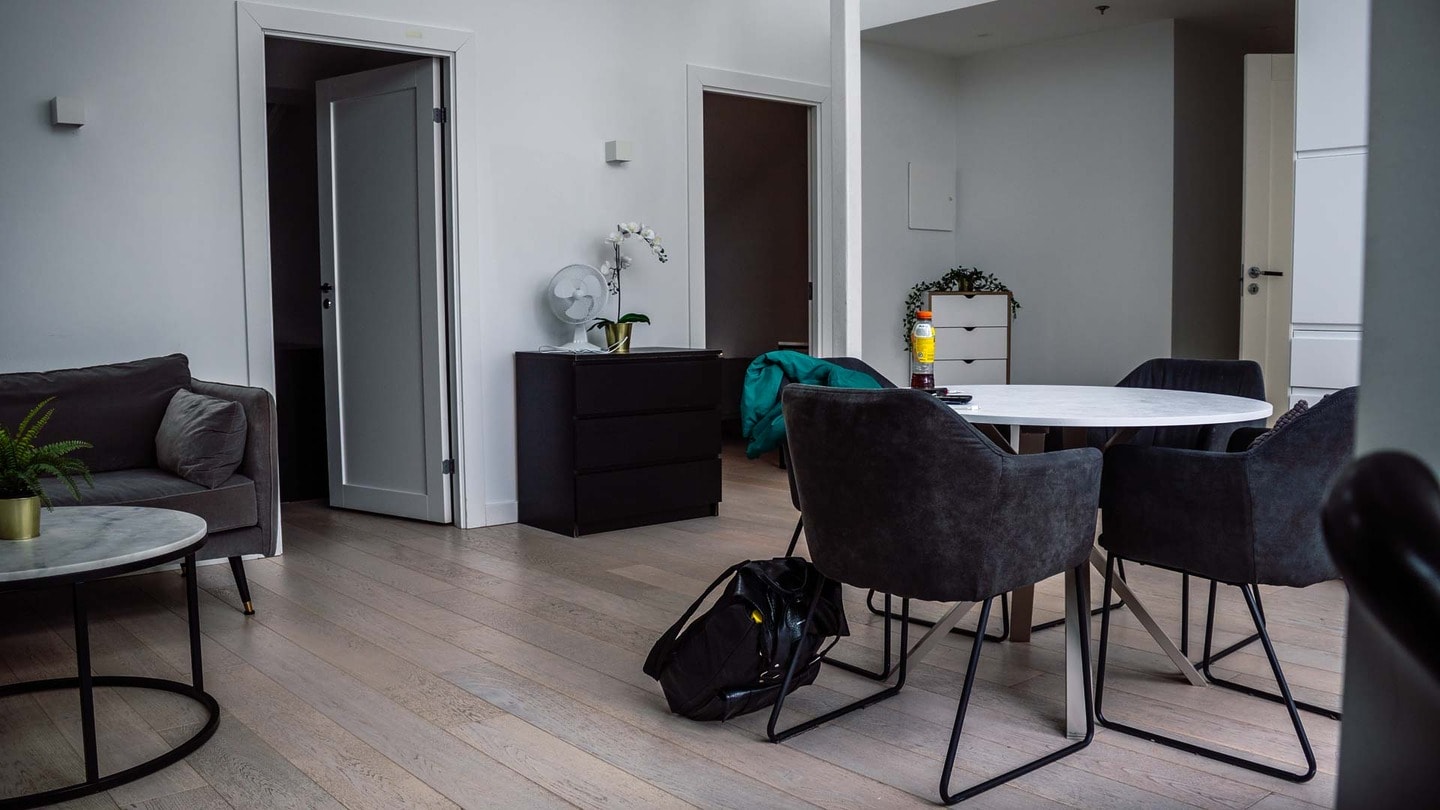
To make the most of your Oslo itinerary, you’ll want to stay relatively central. There are some fantastic hotels and hostels here, but just be aware that accommodation in Norway’s capital is relatively expensive. Alternatively, you could opt for an Airbnb.
Here are some of our accommodation recommendations:
Budget: Citybox Oslo
Citybox Oslo is one of the most affordable properties you’ll find. It’s just a short walk from Oslo Central Station and there are a variety of rooms on offer, all of which come with plenty of amenities.
Another reason to stay in Citybox Oslo is the on-site facilities. At this property, there’s a shared lounge and kitchen, 24-hour front desk, and table tennis. Dogs can also stay at the hotel.
Mid-Range: Hotell Bondeheimen
Hotell Bondeheimen is set in the centre of Oslo, near the popular Viking Planet. The rooms here sleep between 1-5 people and are spacious. They feature a flat-screen TV, kettle, fridge, and bath/shower.
There’s an on-site restaurant serving traditional Norwegian food which has been around since 1901. There’s also a fitness centre and bar. You’ll also be in a great location for sightseeing in Oslo.
Luxury: Hotel Continental
Hotel Continental is one of the most luxurious accommodation options in Oslo. The rooms here are beautiful, with some of the suites even offering a spacious balcony. There’s also free WiFi and private parking.
Those staying at Hotel Continental will also benefit from the on-site facilities. These include dining options (such as the historic Theatercaféen) a bar, a fitness centre, a business centre, and a car rental service.
Airbnb: Urban Apartments Grünerløkka Loft
Those looking to stay in an Airbnb should check out Urban Apartments Grünerløkka Loft (which is where we stayed). This 2-bedroom apartment sleeps 4 guests and is very spacious.
Boasting a charming lounge area, an outdoor balcony, a kitchen, and free WiFi, this apartment has everything you could need. You’ll also be in a great location, surrounded by cafes, shops, and urban parks.
Frequently Asked Questions About Oslo
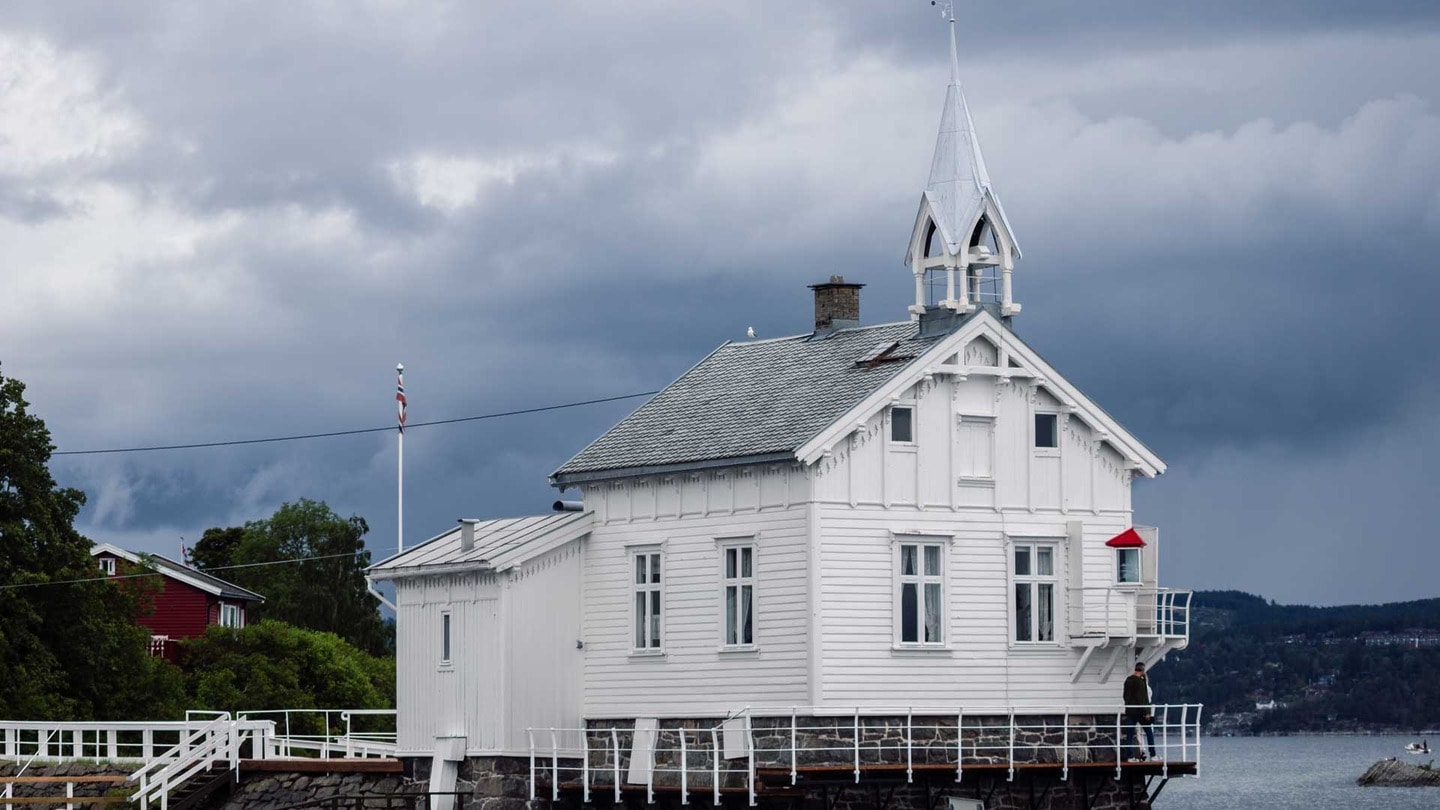
How many days do I need in Oslo?
We’d recommend spending 3 days in Oslo for the best experience. This will give you enough time to appreciate the city’s highlights, spend a day exploring the fjord, and simply relax.
Many people choose to spend just one day in Oslo, although we don’t think that’s enough time. There are so many places to visit in this amazing city and if you’ve only got 24 hours, you’ll find yourself rushing around.
What is a good budget for Oslo?
We’d recommend allowing yourself a budget of at least £80-£120 per person per day. This will be enough for a basic room (split between two people), a few attractions, and meals from one of the local food markets.
You may be able to get by on less than this but accommodation in Oslo is costly (even hostels). To make the most of your money, check out the Oslo Pass which includes free transport and admission to 30 attractions.
Is Oslo worth visiting?
Oslo is a beautiful city that is certainly worth visiting. Although it’s not a cheap destination, Norway’s capital city has much to offer, ranging from incredible food to cultural attractions.
There are also so many incredible things to see in Oslo, Norway. Highlights include the Fram Museum, Vigeland Sculpture Park, and Akershus Fortress. Not to mention, there are some fantastic day trips that you can do.
Is Oslo an expensive city?
Oslo is one of the most expensive cities in Europe, although some travellers suggest that it has become more affordable in recent years. As such, you’ll need to budget effectively to make the most of your visit.
Accommodation is especially costly, so you’re best sharing with another or even a group to split the costs. We’d also suggest eating at the local street markets and avoiding alcohol (it was £9 for a cider – eek).
Final Thoughts on The Best Things to Do in Oslo, Norway
Hopefully, this guide has given you a good idea of what to do in Oslo. Whether you’re looking to wander around museums, explore the Oslofjord, or over-indulge at the local street food markets, there’s something for everyone.
The Norwegian capital has some fantastic attractions, some of which you’ll want to prioritise first. These include the Fram Museum, MUNCH Museum, and Vigeland Sculpture Park. We’d also suggest spending a day exploring the Oslofjord.
If you have further questions about the best things to do in Oslo, Norway don’t hesitate to contact us via Facebook, Instagram, or in the comments below!
Here are some other guides that you may find helpful:
PIN IT FOR LATER!

I breathe all things travel and nature, with my favourite place being the great outdoors! After exploring 3 continents, I’ve discovered my passion for travelling on a budget, and I want to help you all do the same. I honestly believe travel broadens the mind which is why I want to share all of our adventures!






